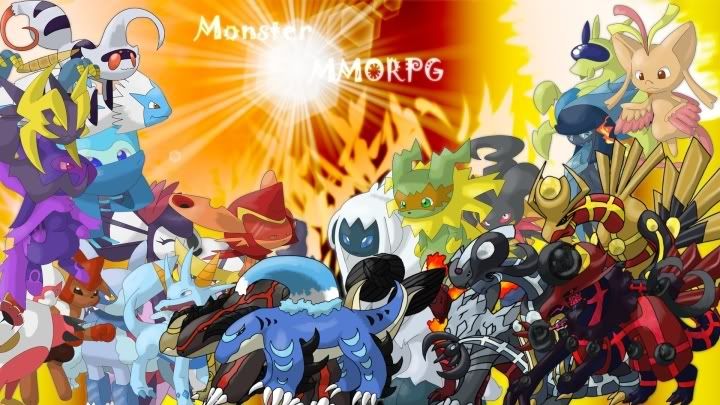Want to Request a New Topic or Ask a New Question?
If you would like to submit a topic to be posted, please click the button below.

About Me
Case Study: The Popularity and Impact of the Pokéball Rug
Introduction
In recent years, the Pokémon franchise has continued to captivate new generations of fans, particularly through merchandise that connects the worlds of gaming, nostalgia, and everyday life. One of the most popular products in this genre is the Pokéball rug, a home décor item that blends playful design with fan culture. This case study delves into the creation, marketing, and significance of the Pokéball rug, exploring its impact on consumer behavior and lifestyle choices among fans.
Background
The Pokéball, a staple icon of the Pokémon universe, serves as the primary tool for trainers to capture and store Pokémon. Its simple yet recognizable design has made it a beloved symbol among fans worldwide. The Pokéball rug was conceptualized as part of a broader trend to integrate elements of gaming culture into home environments. The aesthetic appeal and nostalgic value of the rug make it a versatile item suitable for various spaces, from children’s playrooms to game rooms and even adult living areas.
Design and Features
The Pokéball rug typically features vibrant red, white, and black colors, mirroring the design of the iconic ball. Various manufacturers interpret this design, resulting in rugs of different sizes and materials, from plush carpets to DIY felt versions. Most rugs are circular, resembling the original Pokéball, but some designs creatively incorporate multi-layered texture or glow-in-the-dark materials, enhancing their appeal.
Marketing Strategies
The marketing strategy for the Pokéball rug leverages several channels, including social media, gaming conventions, and online marketplaces. Influencer marketing has played a significant role in promoting the product, with prominent figures in the gaming community showcasing the rug in their streaming setups or home décor videos. Targeted ads on platforms like Instagram and Reddit appeal to the younger demographic, tapping into the nostalgia factor by reminding older fans of their childhood experiences with Pokémon.
Additionally, cross-promotions with other Pokémon merchandise, such as collectible figures and apparel, have increased visibility and sales. Limited edition releases, often tied to significant Pokémon anniversaries or gaming events, have created a sense of urgency among consumers, driving demand and encouraging impulse buying.
Consumer Demographics
The primary audience for the Pokéball rug includes children and young adults aged 8 to 30, with a notable segment of nostalgic millennials who grew up with the Pokémon franchise. This demographic is particularly drawn to products that allow them to express their fandom in everyday spaces. Furthermore, the rise of remote work and home gaming has encouraged consumers to personalize their living and working environments, making items like the Pokéball Pokemon Rug more appealing.
Impact on Lifestyle and Culture
The Pokéball rug has transcended its role as mere merchandise; it symbolizes a lifestyle rooted in gaming and fan culture. By incorporating beloved icons into home décor, fans create living spaces that reflect their interests and affiliations, fostering a sense of community and belonging. The rug serves as a conversation starter, inviting discussions about Pokémon and gaming culture among friends and visitors.
Conclusion
The Pokéball rug exemplifies the growing trend of fandom-infused home décor. By successfully combining playful aesthetics with the emotional resonance of the Pokémon brand, it has captured the hearts of fans and transformed living spaces into personalized sanctuaries of nostalgia. As the Pokémon franchise continues to evolve, products like the Pokéball rug will likely maintain their relevance, reinforcing the bond between fans and their favorite fictional worlds.
Location
Occupation


